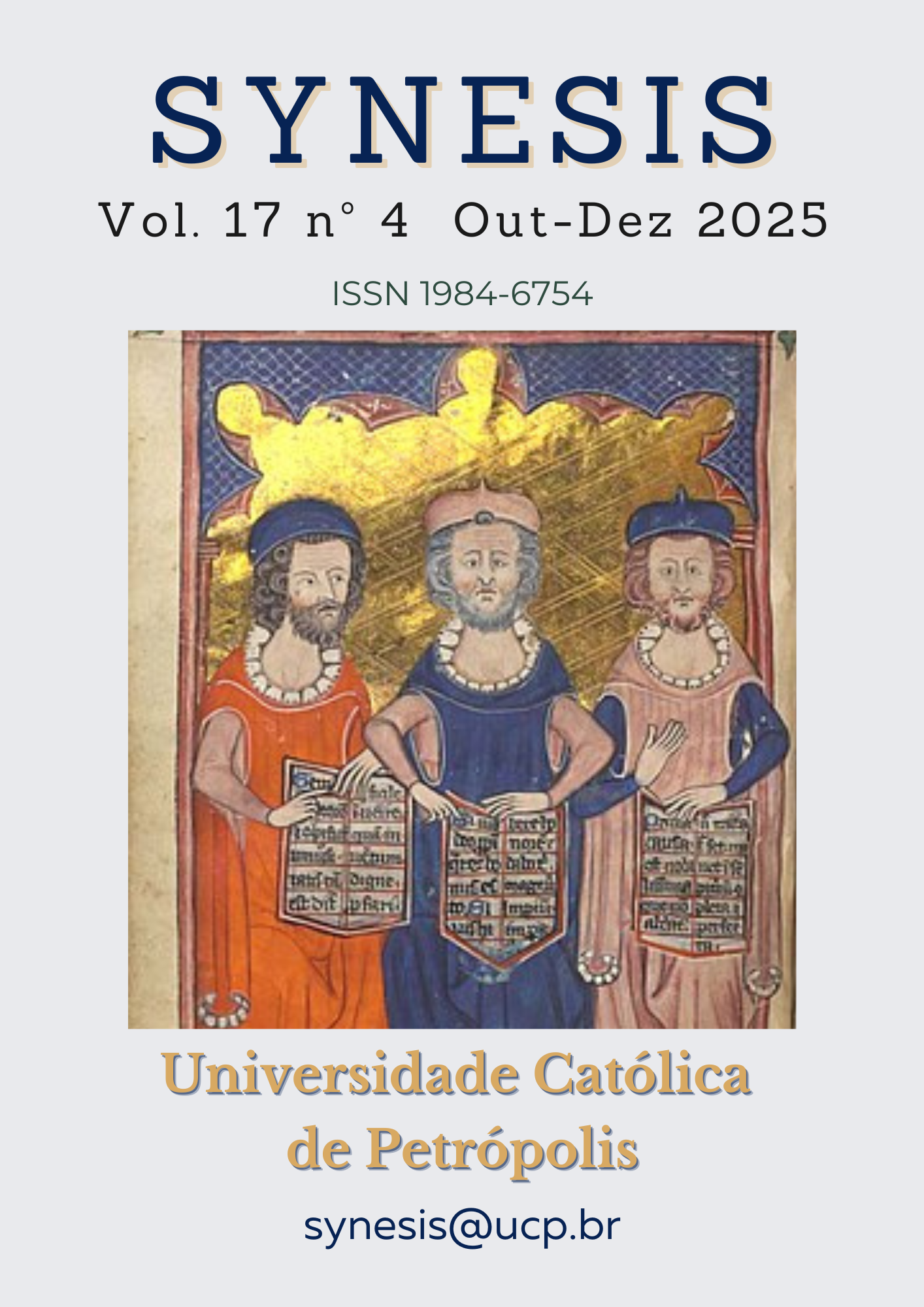Abstract
As the basis for metaphysical explanations, microphysical properties are generally defined as fundamental properties. In this context, we rarely doubt that the microphysical properties used to determine resemblance among objects or to distinguish them from others operate at a different level than macrophysical properties. This article addresses several inclusive and pluralistic perspectives developed in response to reductionist explanations that prioritize microphysical properties. The first of these is the view known as microphysical manyism, which implies that when considering levels of properties, they should not be evaluated independently of the physical foundations of objects. The second inclusive perspective, pragmatic pluralism, insists on an explanatory framework consistent with the intuitiveness of causal and mereological explanations. Both perspectives are important because they challenge the privileged status of microphysical reductionism. To examine this debate, the article explores approaches that explain some details by drawing on similarity nominalism and trope theory, while also analyzing the justifications behind perspectives that equate natural properties with sparse properties.
References
Alvarado, José Tomás. (2014). Natural Classes of Tropes. Filosofia Unisinos. 15. 148-160. doi:10.4013/fsu.2014.152.05.
Busse, R. (2009). Humean Supervenience, Vectorial Fields, and the Spinning Sphere. Dialectica, 63(4), 449-489. doi:10.1111/j. 1746-8361.2009.01218
Demirli, S. (2025). The Metaphysics of Sparse Properties and Deep Resemblance Nominalism. Problemos, 107, 107–122. https://doi.org/10.15388/Problemos.2025.107.8
Ehring, D. (2011). Introduction: Properties and concrete particulars. In Tropes: Properties, objects, and Mental Causation. Oxford University Press. https://doi.org/10.1093/acprof:oso/9780199608539.003.0001
Forrest, P. (2002). Sets as Mereological Tropes. Springer Netherlands. 5-10. https://hdl.handle.net/1959.11/1810.
Hakkarainen, J., & Keinänen, M. (2017). The ontological form of tropes. Philosophia, 45(2), 647–658. https://doi.org/10.1007/s11406-017-9848-6
Hüttemann, A. (2004). What’s Wrong with Microphysicalism? London, UK: Routledge.
Khalidi, M. A. (2011). The Pitfalls of Microphysical Realism. Philosophy of Science, 78(5), 1156–1164. doi:10.1086/662285
Kim, J. (1982). Psychophysical Supervenience. Philosophical studies: An International Journal for Philosophy in the Analytic Tradition, 41(1), 51-70.
Kistler, M. (2012). Powerful properties and the causal basis of dispositions. In A. Bird, B. Ellis, & H. Sankey (Eds.), Properties, powers and structures: Issues in the metaphysics of realism (pp. 119–139). Routledge.
Kriegel, U. (2021). Nominalism and material plenitude. Res Philosophica, 98(1), 89–112. https://doi.org/10.11612/resphil.2046
Lewis, D. K. (1986). On the Plurality of Worlds. Blackwell.
Moran, A. (2022). Living Without Microphysical Supervenience. Philosophical Studies, 179(2), 405–428. https://doi.org/10.1007/s11098-021-01664-7
Morganti, M. (2007). Resembling Particulars: What Nominalism? Metaphysica, 8(2), 165–178. https://doi.org/10.1007/s12133-007-0014-7
Schaffer, J. (2008). Review of the book What’s Wrong with Microphysicalism?, by A. Hüttemann. The British Journal for the Philosophy of Science, 59(2), 253–257. https://doi.org/10.1093/bjps/axn006.
Shumener, E. (2020). Explaining identity and distinctness. Philosophical Studies: An International Journal for Philosophy in the Analytic Tradition, 177(7), 2073-2096. https://doi.org/45286536.
Thunder, S. (2024). Two Physicalist Arguments for Microphysical Manyism. Erkenntnis, 90, 2239–2260. https://doi.org/10.1007/s10670-024-00801-y.

This work is licensed under a Creative Commons Attribution-NonCommercial-NoDerivatives 4.0 International License.
Copyright (c) 2025 Synesis (ISSN 1984-6754)

